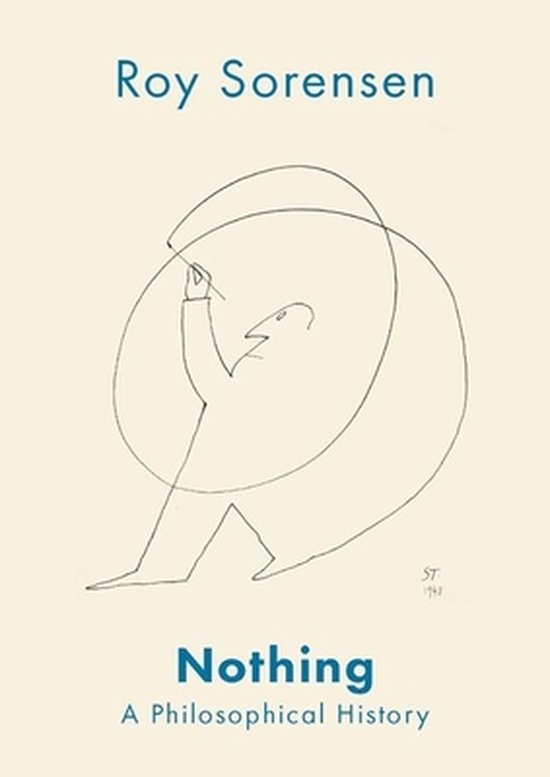Rbizo.com
From modes to keys in early modern music theory
Rubriek: Textual/Printed/Reference Materials - Boek
Prijs: € 47.78
Rating: 0/5
☆
☆
☆
☆
☆
Verzending:
Op voorraad. Voor 23:59 uur besteld, vrijdag in huis
Op voorraad. Voor 23:59 uur besteld, vrijdag in huis
Inhoudsopgave:
Omschrijving:
From Modes to Keys in Early Modern Music Theory addresses one of the broadest and most elusive open topics in music history: the transition from the Renaissance modes to the major and minor keys of the high Baroque. Through deep engagement with the corpus of Western music theory, author Michael R. Dodds presents a model to clarify the factors of this complex shift.
From Modes to Keys in Early Modern Music Theory addresses one of the broadest and most elusive open topics in music history: the transition from the Renaissance modes to the major and minor keys of the high Baroque. The system Glarean proposed in his 1547 Dodecachordon comprised twelve modes at two transposition levels; the scheme J.S. Bach used to order The Well-Tempered Clavier in 1722 featured two modes at twelve transposition levels. What took place in between? Through deep engagement with the corpus of Western music theory, author Michael R. Dodds presents a model to clarify the factors of this complex shift. The essence of this model lies in the dynamic interplay of three historical-conceptual layers arising successively in the Middle Ages, Renaissance, and Baroque, each layer continuing once introduced. Medieval theorists conceptualized mode along a continuum between tune and scale. Renaissance theorists extended mode from plainchant to polyphony, applying modal theory to such features as cadential hierarchies and contrapuntal imitation. Early Baroque mapping of vocal modality onto the keyboard catalyzed a transformation from the diatonic gamut to the chromatic keyboard as background pitch system, with a corresponding change from ladder to circle as the dominant model for tonal space, culminating in the circle of fifths. Spanning two centuries of music and music theory, and incorporating dozens of diagrams from historical treatises, Dodds provides the first comprehensive study of the transition from the Renaissance modes to the major and minor keys.
- 1 Bekijk alle specificaties
Beste alternatieven voor u.

Contextual Bach Studies- Andreas Werckmeister’s Musicalische Paradoxal-Discourse
Rating: 0 / 5 | Prijs: € 99.49
This book provides extensive commentary and an english translation of 17th century german music theorist andreas werckmeister s final treatise the musicalische paradoxal discourse topics discussed include theological reflections on music numerology in musical intervals music notation and solmi
Op voorraad. Voor 23:59 uur besteld, vrijdag in huis .. MEER INFO

Hearing Homophony
Rating: 0 / 5 | Prijs: € 70.99
In hearing homophony megan kaes long presents a groundbreaking model for understanding tonality and its origins examining it through the lens of popular songs of late renaissance western europe the question of tonality s origins in music s pitch content has long vexed many scholars of music theor
2 - 3 weken .. MEER INFO

Nothing
Rating: 0 / 5 | Prijs: € 19.09
An entertaining history of the idea of nothing including absences omissions and shadows from the ancient greeks through the 20th century how can nothing cause something the absence of something might seem to indicate a null or a void an emptiness as ineffectual as a shadow in fact nothing
Op voorraad. Voor 23:59 uur besteld, vrijdag in huis .. MEER INFO
Product specificaties:
Taal: en
Bindwijze: Hardcover
Oorspronkelijke releasedatum: 18 januari 2024
Aantal pagina's: 512
Hoofdauteur: Michael R. Dodds
Hoofduitgeverij: Oxford University Press Inc
Product breedte: 229 mm
Product hoogte: 53 mm
Product lengte: 163 mm
Studieboek: Nee
Verpakking breedte: 229 mm
Verpakking hoogte: 53 mm
Verpakking lengte: 163 mm
Verpakkingsgewicht: 839 g
EAN: 9780199338153